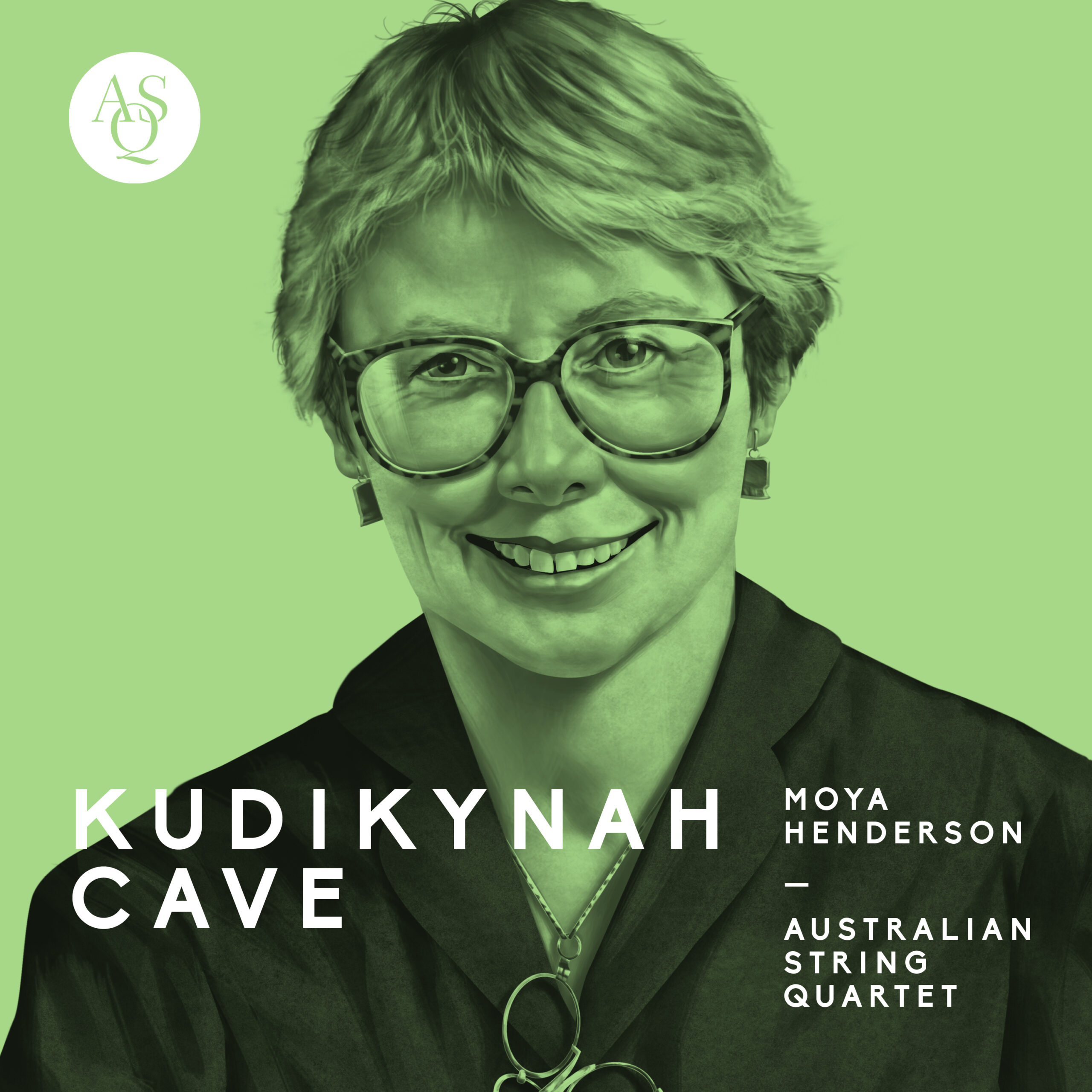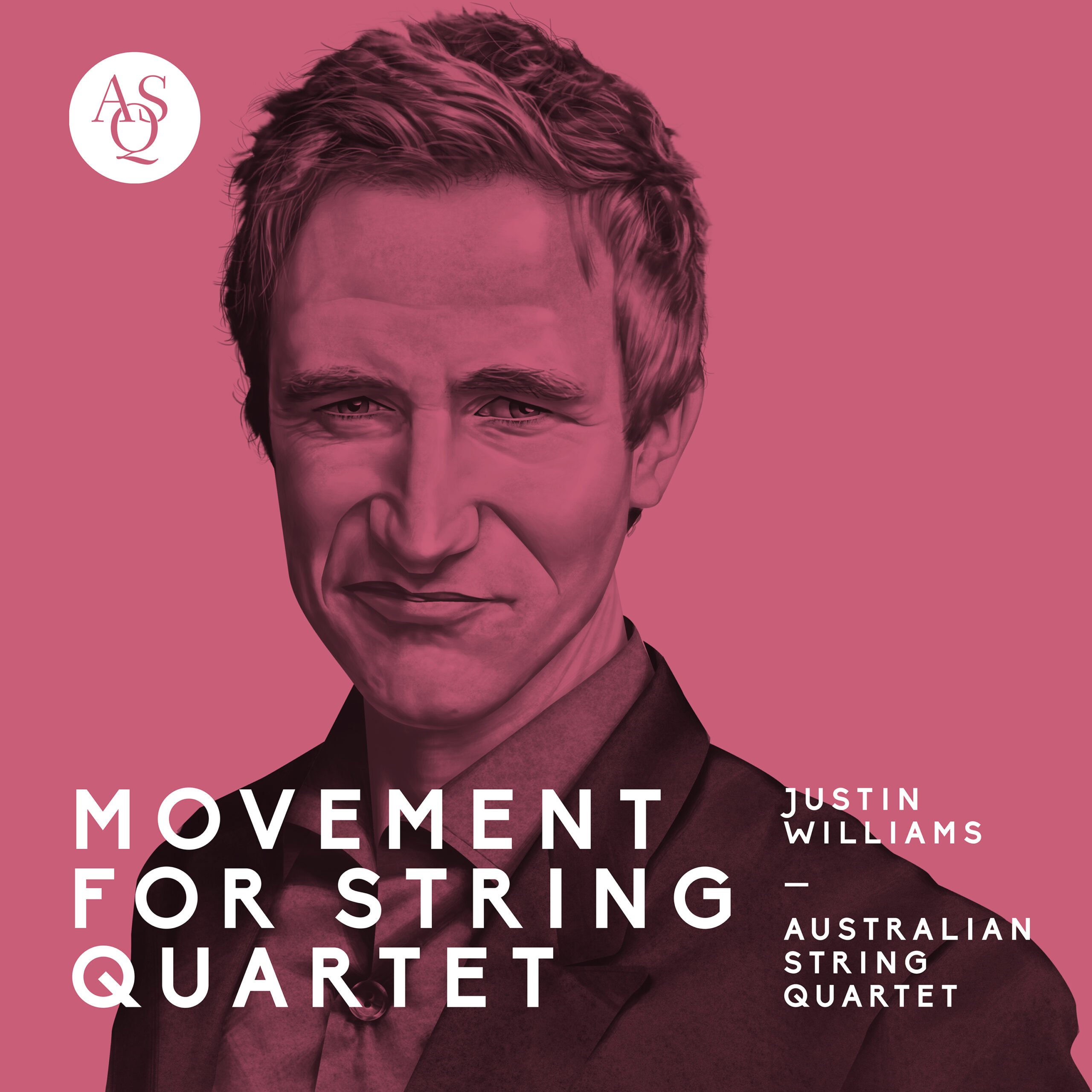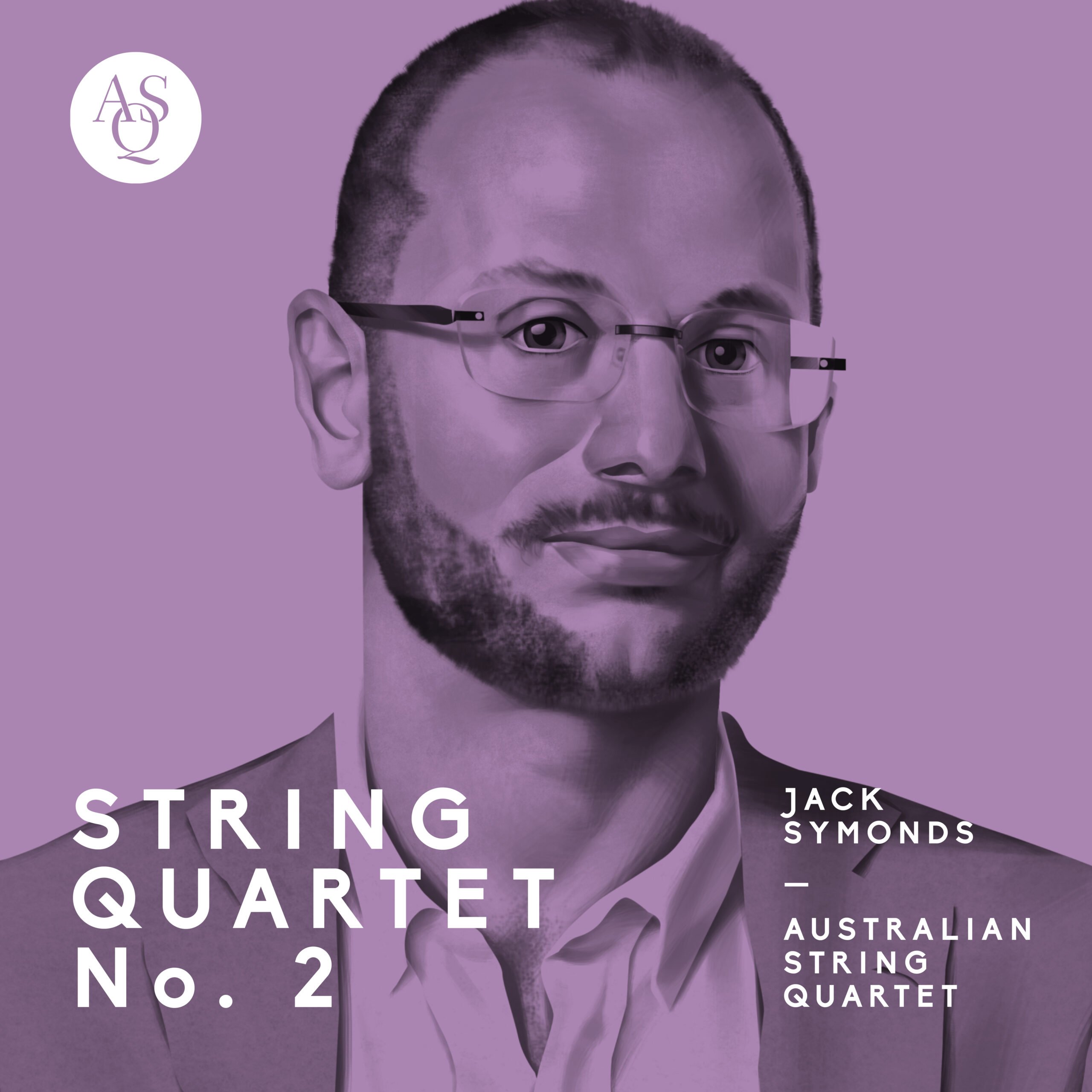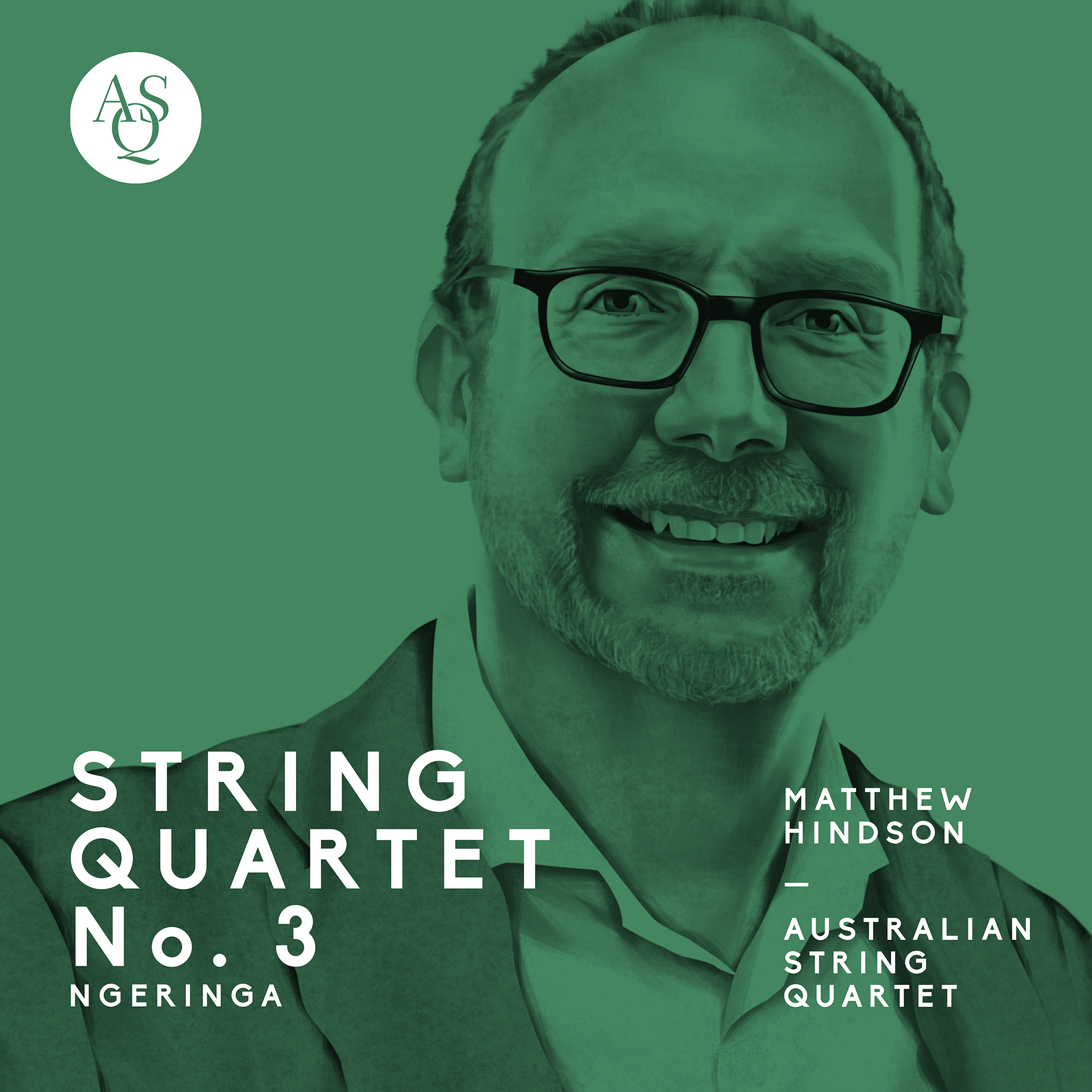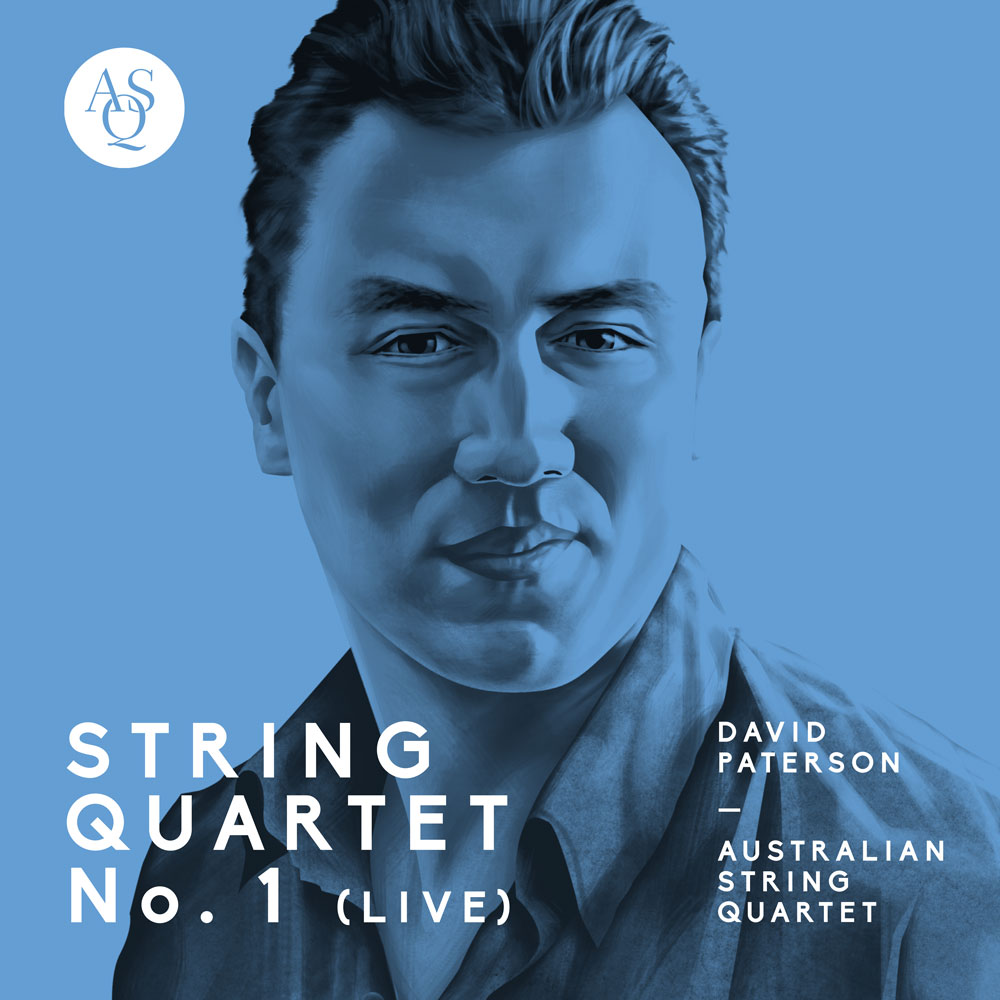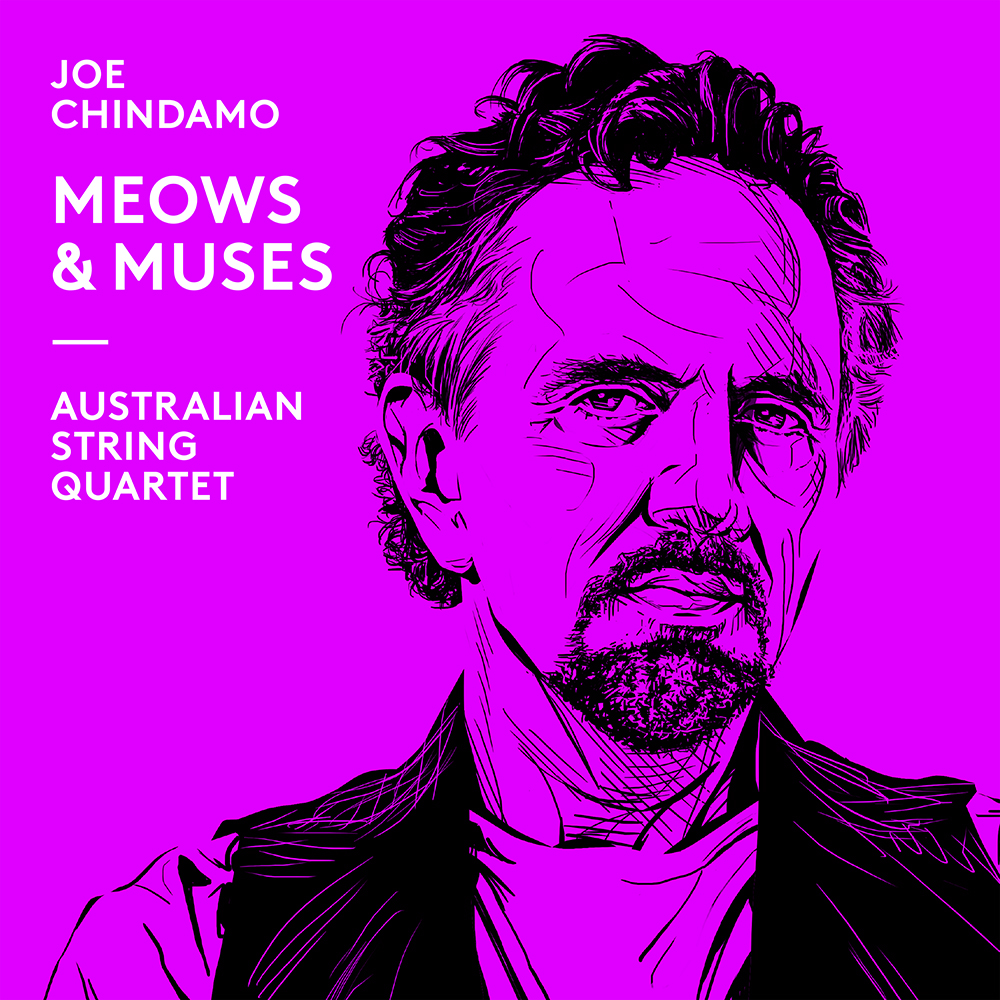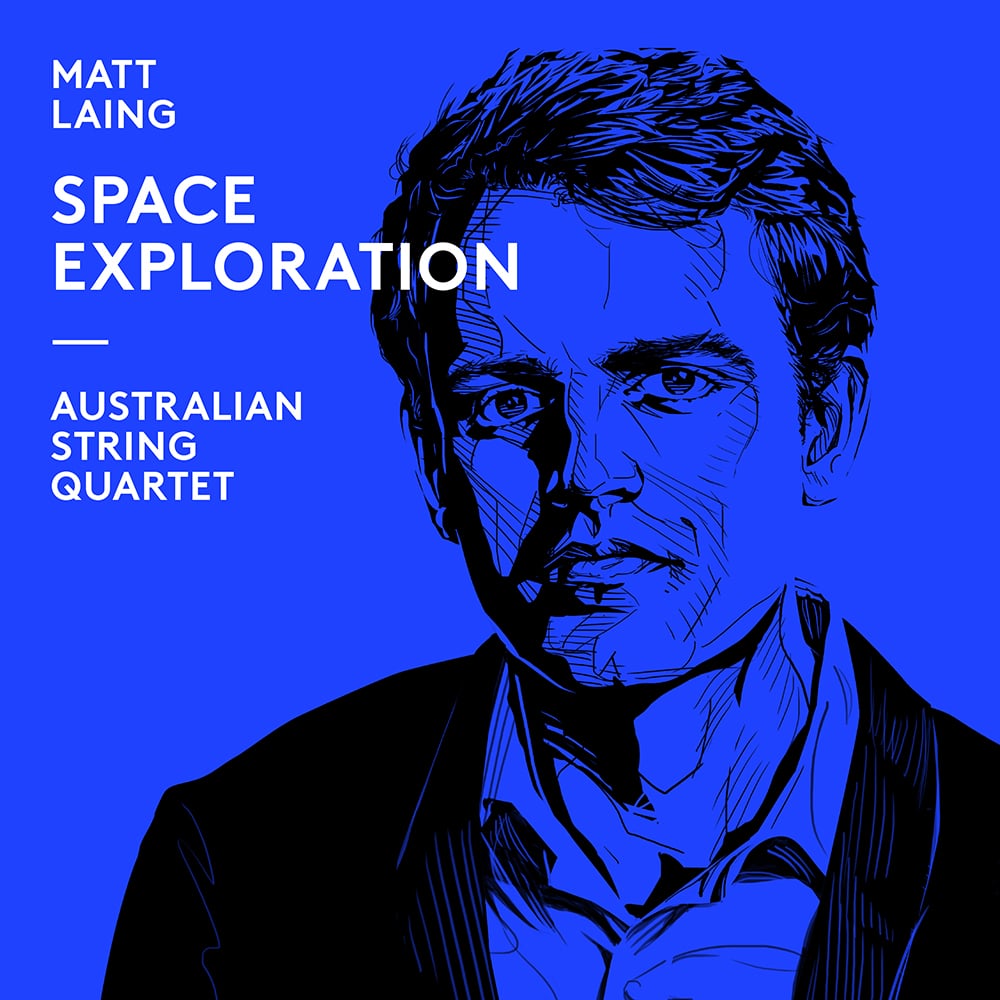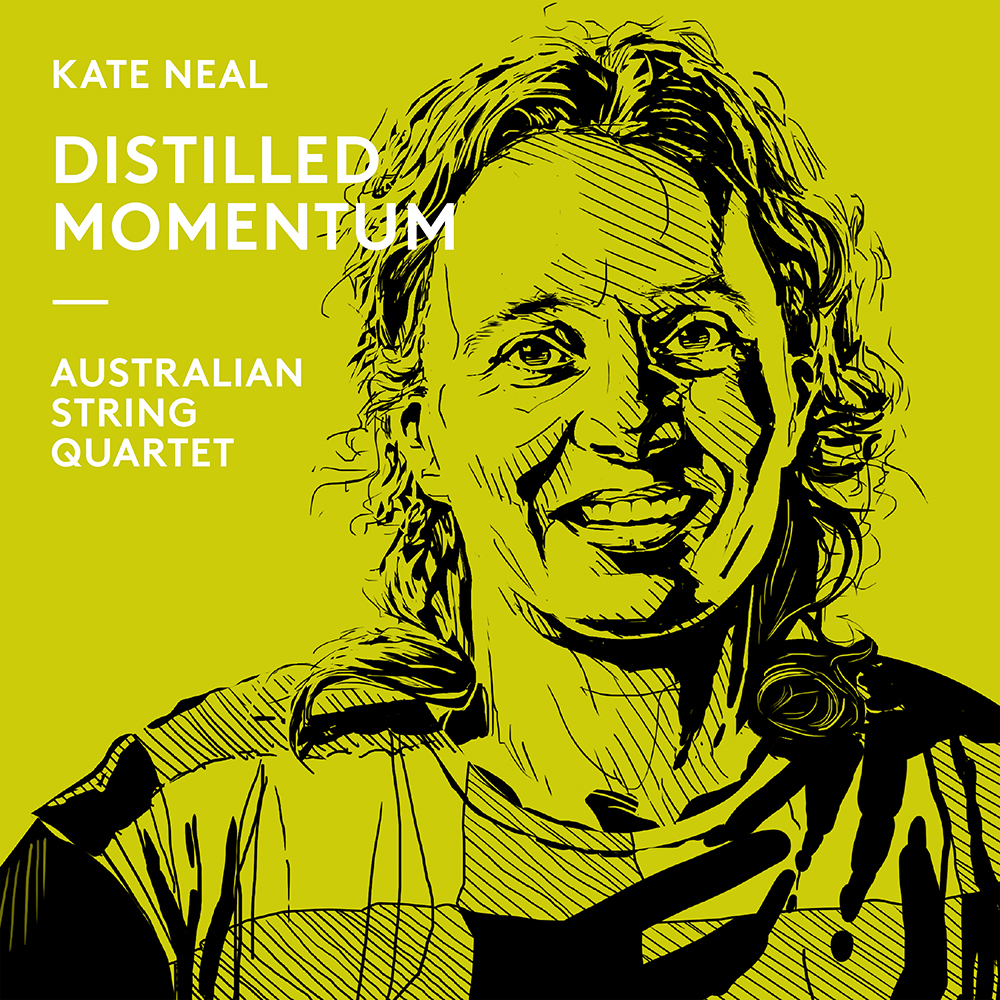MOYA HENDERSON
Kudikynah Cave
CREDITS
Commissioned by Tasmanian Conservatorium of Music with funds provided by Australia Council Music Board.
Dedicated to Bob Brown.
Recorded at Iwaki Auditorium, ABC, Melbourne, Naarm, in November 2023
Australian String Quartet (2023)
Dale Barltrop – Violin I
Francesca Hiew – Violin II
Christopher Cartlidge – Viola
Michael Dahlenburg – Cello
Composed by Moya Henderson, 1987
Produced by Stephen Snelleman
Engineered, Mixed & Mastered by Alex Stinson
Artwork – Jim Tsinganos Illustration
Art Direction – Cul-de-Sac Creative
Angelina Zucco – ASQ Chief Executive
Sophie Emery ASQ Operations Manager
Special thanks to Moya Henderson for her valued support of this release.
PROGRAM NOTES
The string quartet, Kudikynah Cave, was written in Florida, in 1987. The piece was commissioned by the Tasmanian Petra String Quartet with financial assistance from the Australia Council. However, the first performances were given by the German Auryn String Quartet, when they were touring for Musica Viva Australia, during the MVA 1991 concert series.
The composer writes: In 1986, I visited the recently rediscovered Kudikynah Cave with some members of the Tasmanian Wilderness Society. Dave Heatley led our expedition of 6 into the heart of the south-west Tasmanian rain forest. For two days we hiked along the Eagle Creek track to the banks of the lower Franklin River. It took us a further two days to raft down the river and finally rejoin ‘civilisation’ at the Sir John Falls jetty on the banks of the Gordon River. During those days on the river we visited Kudikynah Cave. We camped at the cave’s wide opening, high above the river on the first night. The fire-flies lit up the entrance to the cave and gave that most sacred site a magical aura.
Before setting out on this journey of a lifetime, I visited the offices of the Tasmanian Indigenous community in Hobart. I wanted their blessing on the venture and certainly, our trip was filled with good fortune. The bonus was that I learnt from the First Tasmanians how they pronounce the name of the cave and so I changed the spelling of the title of this quartet to better indicate this pronunciation.
As for the music, it is mostly neither pictorial nor programmatic. I didn’t try to evoke the cries of the black currawongs that constantly called out as they made high crossings overhead. I ‘forgot’ about the rigours of the trek: the innumerable leeches, the horizontal saw grass, the many stumblings and entanglements with fallen trees and thick vines all along the ‘path.’ Nor did I attempt to represent the exhilaration of riding the rapids in the river. I did, however, wish to evoke the way the raft floated down the river. I did hope to recreate those moments of ecstatic stillness, as we drifted on. The harmonies and counterpoint are transparent: they drive the music in a manner that is both reflective and unselfconscious. The work is dedicated to Bob Brown.
Moya Henderson © 2018
BIOGRAPHY
Moya Henderson (b. 2 August 1941) graduated from the University of Queensland with first class honours in December 1972. Her first professional appointment came the year after her graduation when she was appointed resident composer to the Australian Opera during its inaugural season at the Sydney Opera House. Towards the end of that year she was awarded a DAAD Scholarship and a travel grant from the Music Board of the Australia Council for the Arts, which enabled her to continue her musical education in Germany. While in Germany she studied with Mauricio Kagel and Karlheinz Stockhausen at the Cologne Musikhochscule.
Henderson returned to Australia at the end of 1976 and settled in Sydney, teaching composition as a part-time lecturer at the University of Sydney. She became resident composer in the Department of Music there in 1978 and, over the three-year span of her appointment, worked to stimulate the interest of students in music-theatre, and to encourage them to create their own music-theatre compositions.
In September 1983 Henderson’s work for organ and pre-recorded tape, Sacred Site, was given its first performance in the Concert Hall of the Sydney Opera House by David Kinsela. This work was commissioned by the Sydney Opera House Trust to celebrate the tenth anniversary of the opening of the Opera House, and Henderson believes that it holds a seminal place in her compositional output.
Moya Henderson’s work as a composer has also led her into the field of instrument design. While in Germany in the mid-seventies she received a commission from the sculptor Helfried Hagenberg to compose music to be played on a sculpture he had created from twenty-seven triangles. The sound she discovered during the course of completing this commission led her to research and eventually develop the alemba, a keyboard percussion instrument. The first prototype of this instrument was created in 1983, with the assistance of grants from the Federal Department of Science and Technology, the A.S. White Trust and the Myer Foundation. She was awarded one of the inaugural CSIRO Artist-in-Residence Fellowships in November 1983, and another residency in 1986 enabled her to work on an improved fine-tuning of the bass alemba. Treble and bass alembas have been used several times by the Sydney Symphony Orchestra, and Henderson has continued to work to perfect the instrument’s design.
Henderson is also the inventor of the Tosca Bells, another instrument created with the assistance of the CSIRO. She also developed the ‘noose’ for stringed instruments, which enables the composer to write ‘natural’ harmonics on virtually every note within the range of the string orchestra. The first work to make use of this invention was Henderson’s The Dreaming, composed to a commission from Musica Viva for the Australian Chamber Orchestra.
Moya Henderson has received many commissions from a variety of organisations, performers and ensembles such as the Australian Broadcasting Corporation, Musica Viva, West German Radio, Macquarie University, Helen Noonan, David Kinsela, the Australian Youth Orchestra, and Perihelion. In 1989 she was awarded the Don Banks Fellowship for 1993 and was appointed Macgeorge Fellow with the University of Melbourne’s Music Department for the first quarter of 1995.
Henderson’s opera, Lindy (1997), based on the Azaria Chamberlain case, received its premiere by Opera Australia at the Sydney Opera House in October 2002.
